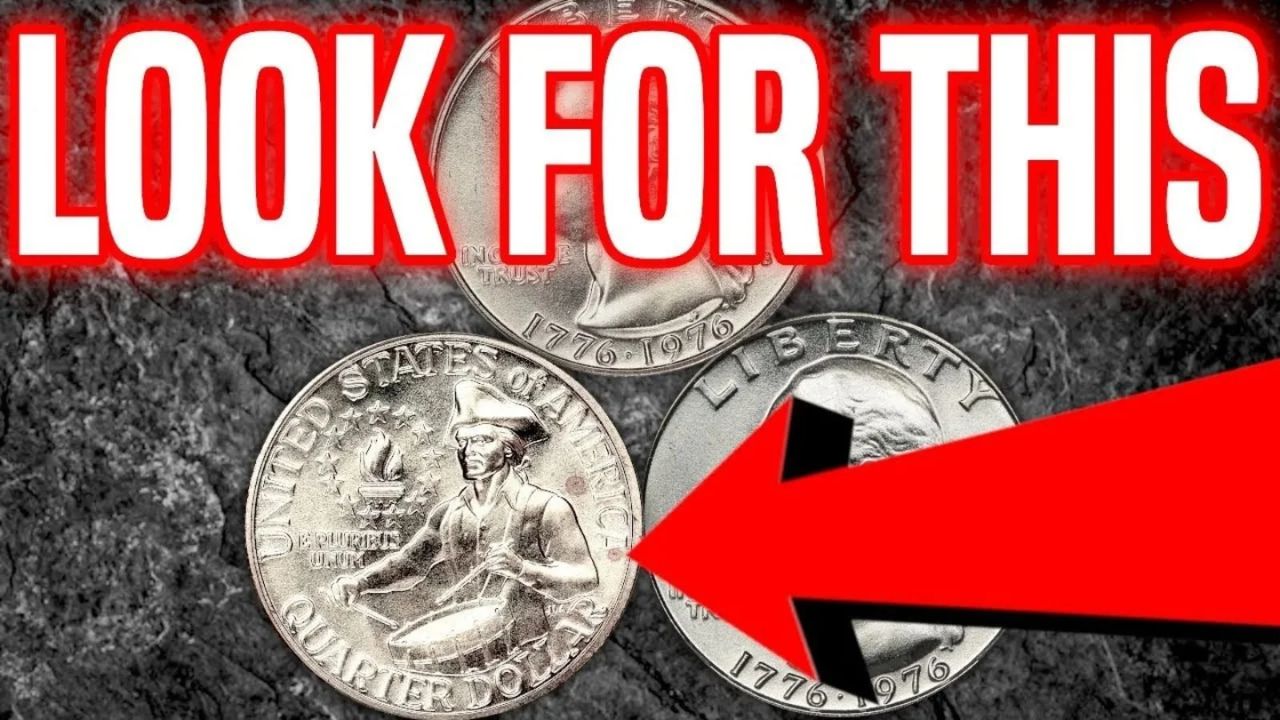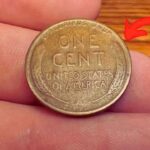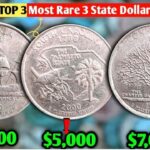Let’s be honest—most of us don’t pay much attention to the coins clinking around in our wallets or tucked away in a kitchen drawer. But what if we told you that one of those ordinary-looking quarters could be worth a small fortune—perhaps even $1 million? Sounds like something out of a movie, right? Yet, the numismatic world is buzzing over one incredible coin: the Rare Bicentennial Quarter.
New Hero Splendor 125: A Stylish, Fuel-Efficient Bike for the Modern Indian Rider
Originally minted to celebrate 200 years of American independence, the Bicentennial Quarter has become more than a symbol of patriotism—it’s a potential life-changing jackpot for lucky collectors. While millions were produced, only a rare few are worth big money. Let’s dive into why this iconic coin is turning heads and how you can spot one.
The Birth of a National Treasure: What Is the Bicentennial Quarter?
In 1976, to honor the nation’s 200th birthday, the U.S. Mint released special editions of three coins: the quarter, half-dollar, and dollar. The Bicentennial Quarter stood out, not only for its unique design but also for its wide circulation. Instead of the usual single-year date, the coin proudly displays “1776–1976” on the obverse, marking two centuries of American freedom.
The reverse features a stunning image designed by Jack L. Ahr: a colonial drummer boy standing confidently with a torch and surrounded by 13 stars, representing the original colonies. This image transformed the quarter into a cherished collectible.
Why the Rare Bicentennial Quarter Is Worth So Much
While millions of Bicentennial Quarters were minted in Philadelphia (no mint mark), Denver (“D”), and San Francisco (“S”), not all are created equal. Some of these coins—thanks to minting errors, pristine condition, or silver composition—have fetched thousands of dollars. One particular Rare Bicentennial Quarter reportedly sold for $1 million.
So what makes these quarters so special?
1. Minting Errors: Perfectly Imperfect
Ironically, it’s often the flawed coins that attract the most attention. Minting errors can transform a standard quarter into a rare collector’s item. These include:
-
Double strikes (where the coin is hit twice by the die)
-
Off-center images
-
Die cracks, misprints, or smudges
These errors are rare, and collectors are willing to pay big for them—especially when found on Bicentennial Quarters.
2. Uncirculated and Pristine Condition
Condition matters in the world of coin collecting. Uncirculated Bicentennial Quarters, especially those graded by professional agencies like PCGS or NGC, can sell for hundreds or even thousands of dollars. These coins show no signs of wear and tear, appearing just as they did the day they were minted.
If you find a Rare Bicentennial Quarter in mint condition, it might be worth much more than 25 cents.
Also Read – Yamaha MT-15: युवाओं के दिलों की धड़कन, जबरदस्त माइलेज और स्टाइल के साथ
3. Silver Content: The 40% Factor
Most Bicentennial Quarters are made of standard copper-nickel. But the San Francisco Mint also struck special collector versions with 40% silver content. These were never intended for circulation, but a few may have slipped through the cracks.
Not only does the silver increase the coin’s base value, but when combined with excellent condition or minting errors, these silver Bicentennial Quarters can command impressive prices—from $10 to over $100.
Current Value of the Rare Bicentennial Quarter
So what can you realistically expect from one of these coins today?
-
Circulated Quarters: Most are worth around $0.25 to $0.50.
-
Uncirculated Coins: High-grade versions can fetch between $100 and $500.
-
40% Silver Quarters: Typically valued between $10 and $50.
-
Error Coins: Depending on the flaw, these can range from $500 to over $5,000.
-
Ultra-Rare Example: One Rare Bicentennial Quarter with a perfect storm of rarity, error, and preservation reportedly sold for $1 million. Rare Bicentennial Quarter
Are Bicentennial Quarters Still in Circulation?
Yes! Believe it or not, you can still find Bicentennial Quarters in circulation. While most were minted in 1975 and 1976, many people simply never took the time to check their spare change. That quarter you got as change at the gas station could be a diamond in the rough.
How to Identify a Valuable Bicentennial Quarter
Want to start hunting? Here’s how to tell if you’ve got one of the rare ones:
-
Check the Edge: Standard quarters have a copper-colored edge. If your coin’s edge is solid silver, you may have a 40% silver strike.
-
Look for the “S” Mint Mark: Indicates it was minted in San Francisco—these are more likely to be collector editions.
-
Inspect for Errors: Use a magnifying glass to look for double strikes, off-center images, or die cracks.
-
Weigh the Coin: A regular quarter weighs about 5.67 grams. A 40% silver version may weigh closer to 5.75 grams.
-
Condition: If it looks brand new, don’t spend it! Consider getting it graded by a professional.
Final Thoughts: A Million-Dollar Surprise Could Be in Your Pocket
The Rare Bicentennial Quarter proves that history and value can live in the smallest things—sometimes right under our noses. While most quarters are still only worth face value, the rare few have skyrocketed in value, offering an exciting opportunity for anyone paying attention.
So the next time you go through your loose change, don’t ignore that 1776–1976 quarter. Examine it closely—you just might be holding a piece of American history worth hundreds, thousands, or even a million dollars.
Whether you’re a seasoned numismatist or just someone who enjoys a good treasure hunt, the Rare Bicentennial Quarter is proof that sometimes, the most ordinary objects carry the most extraordinary stories—and potential fortunes. Rare Bicentennial Quarter
Tata Sumo Victa – A Timeless SUV Blending Rugged Performance with Practical Comfort
Some Important Link
| Telegram Group | Click Here |
| WhatsApp Group | Click Here |
| Home Page | Click Here |










